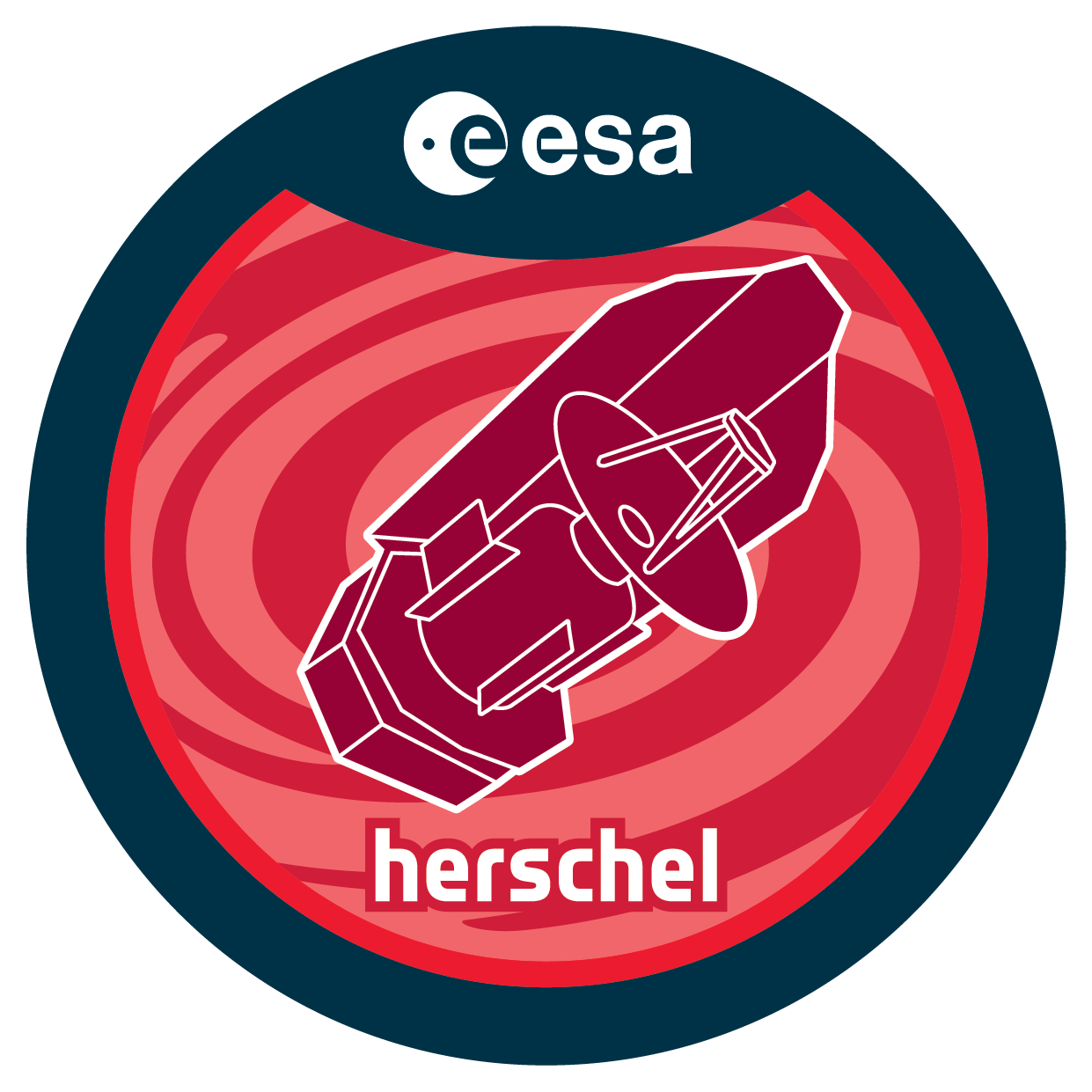| Description |
Stars form in dense, cold clouds of molecular hydrogen (H2), bestobserved in lines of the tracer carbon monoxide (CO). As stars turnon, the dense gas is heated, ionisation occurs, and a photon-dominatedregion (PDR) is formed. Here, CO dissociates to neutral carbon, muchof which is subsequently ionized. Both neutral and ionized carbon coolthe interstellar gas by strong line emission atfar-infrared/sub-millimeter wavelengths. Thus, CO emission is a goodtracer for cold and dense, CI for warm dense, and CII for warmtenuouis gas. Cold tenuous gas is traced by neutral atomic hydrogenemission. Galaxies have different metallicities and gradients, stronglyaffecting the physical processes ruling the heating and cooling of theinterstellar medium (ISM). In order to understand the ISM in distantgalaxies, we need to understand how metallicities and radiation fieldsaffect ISM physics. By observing the ISM in the low-metallicity Largeand Small Magellanic Clouds, the response of the ISM to variousradiation fields is gauged as a function of the very differentmetallicities of the SMC, the LMC, and the Milky Way.We have selected in the LMC and the SMC interstellar clouds exposed toa range of radiation field intensities. Ideally, we would fully mapthese clouds, but time constraints limit us to strips in linesrequiring long integration times: the 1.9 THz CII and 809 GHz CIlines, which are in effect unobservable from the ground, requiringHerschel space-borne observations, to complement a series of CO andCI (492 GHz) observations from the ground. Together with HI maps,they will provide us with the carbon and hydrogen budgets,and determine, in detail, the distribution of the various carbonphases over a wide range of phyical conditions. Analysis of theHI/CI/CII/CO/H2 interfaces is well-feasible thanks to the advancedISM/PDR codes developed by members of our team. |

